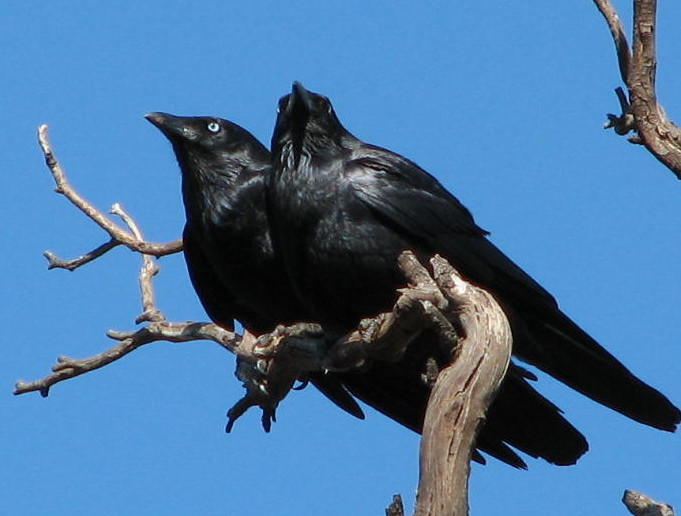The NY Times Magazine annually publishes its The Year in Ideas issue, devoted entirely to “the most clever, important, silly and just plain weird innovations … from all corners of the thinking world.” A surprising number of these ideas are based on a study or research article or something similar that employs some bit of mathematical and/or statistical analysis. The ones I’ve listed below are chosen as being the ones that most prominently feature mathematics ideas, or feature mathematics and/or mathematicians centrally. Listed alphabetically:
- Black Quarterbacks Are Underpaid by Jason Zengerle describes the statistical analysis of two economists, David J. Berri and Rob Simmons, who discovered that in the NFL black quarterbacks are typically paid much less than white quarterbacks. Their analysis goes farther, however, and notes that the apparent cause is not necessarily racism. Instead, the NFL quarterback rating statistic is the culprit. NFL contracts are often based on hitting certain statistical levels, and for quarterbacks the statistic used is often the QB rating. Since QB rating fails to count rushing yards at all–something that black quarterbacks typically excel at–black quarterbacks are typically ‘discounted’, QB rating-wise.
- Forensic Polling Analysis visits a topic seen already here in this blog: the suspicious polling numbers of the polling firm Strategic Vision LLC. You can visit that entry or the Times article for more info.
- In a blow to meritocracy-lovers everywhere, another entry notes that Random Promotions, rather than merit-based ones, can actually produce better businesses (and typically do, at least in simulations). The article by Clive Thompson describes a study done by a trio of Italian scientists in which the researchers created a virtual 160-person company and then tried out various different promotion schemes within the company, with the aim of seeing which scheme improved the company’s productivity the most. Promoting on merit turned out to be a lousy idea (at least for the company as a whole) while promoting at random turned out to be the top strategy. In the middle was the curious idea of alternately promoting the best and then the worst employees. The fact that the mixed best/worst strategy outperformed the merit strategy is yet another example of Parrando’s Paradox, a phenomenon first identified by game theory.
- Massively Collaborative Mathematics features the first mathematical theorem proved by a ‘collective mind’, if you will. In January 2009, Timothy Gowers, one of the top mathematicians in the field, proposed on his blog that the mathematical community, as a whole–or at least that portion that knew and read his blog–attack a long-standing unsolved problem in mathematics known as the Density Hales-Jewett Theorem. Contributors ranged from eminent mathematicians to high school teachers, and hundreds of thousands of words worth of ideas were eventually proposed, developed, discarded, combined, and so forth. Gowers had initially set the bar low, hoping this ‘Polymath’ project would result in “anything that could count as genuine progress toward an understanding of the problem.” Instead, six weeks later the problem was completely solved. A paper detailing the result, authored by D.H.J. Polymath, has been submitted to a leading journal.
- Finally, the (alphabetically) last idea listed, “Zombie-Attack Science,” features a story that appeared on this blog previously. See that entry, or the Times article, of course, for details.


